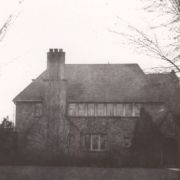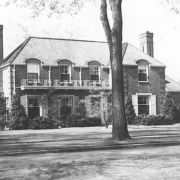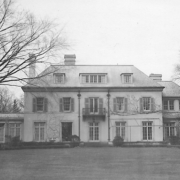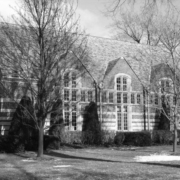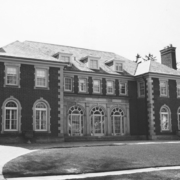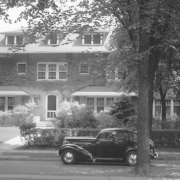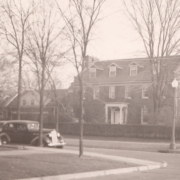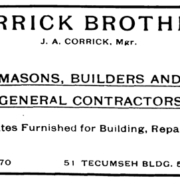Historical Architecture of Grosse Pointe – Willeke Speculative Homes
Last week we continued our three-part series on the work of renowned Grosse Pointe architect, Leonard B. Willeke. Part 2 covered 1010 Three Mile Dr, a large Tudor residence and garden completed in 1927, for William August Petzold, vice president and treasurer of J.L Hudson Company.
This week we conclude our series with a look at the speculative homes Leonard Willeke created in the community from the 1920’s – through to the 1940’s. The definition of a speculative house is – ‘a residence built without a particular buyer in mind or under contract but designed to appeal to the maximum market possible’.
During the 1920’s numerous noted designers designed and built speculative homes in the community. The homes varied in size, and many were grand affairs.
For Willeke, the speculative homes he created served two significant purposes. Firstly, during the 1920’s Willeke’s career had really taken off and he was an incredibly sought-after architect. In 1920, Willeke wrote the following in a letter: “Up to this time I had accumulated considerable money, and after some studying and thinking the matter over for some time decided to do some fine house building for myself, that is to build for speculative purpose, to build and sell.” Source: Leonard B. Willeke, Excellence in Architecture and Design, by Thomas Brunk. Images courtesy of: Detroit Free Press, July 1923.
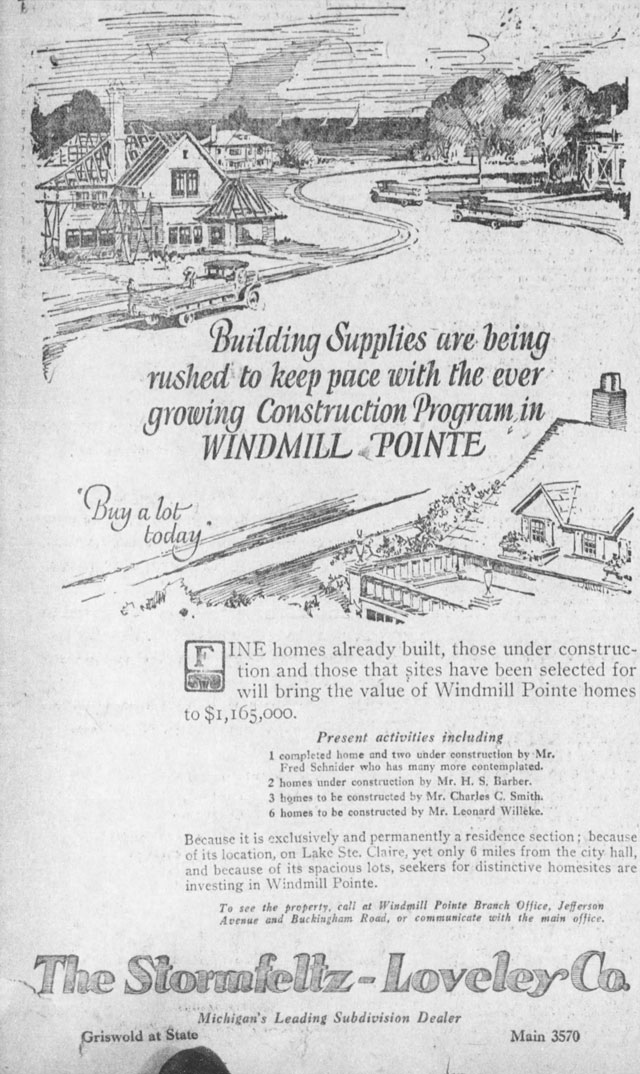
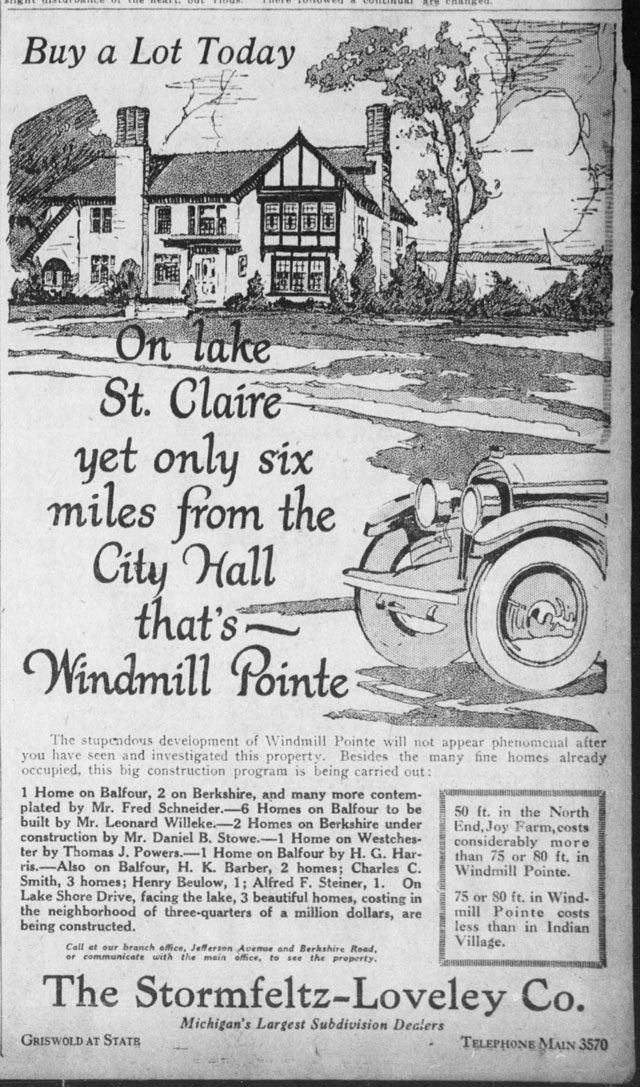
During the 1920’s Willeke created at least four speculative homes on Balfour:
- 938 – in 1922
- 785 – in 1923
- 746 – in 1925
- 777 – in 1928
And at least three homes on Berkshire.
- 1103 – in 1922
- 1068 – in 1923
- 1176 – in 1925
Secondly, after experiencing a terrible time in the years of the Great Depression, during which he was virtually without income (between 1931 – 1934), speculative home building became a necessity to ensure financial survival. During this period, he created at least five speculative homes that we know of.
Speculative Homes in the 1920’s
1015 Buckingham (1921)
This 3,639 sq ft home is possibly Willeke’s first speculative home in the community. As one would expect the interior features beautiful carved wood details, multiple fireplaces, bay windows, and Pewabic tile throughout. One of the first owners of the home was Mrs. Gertrude L. Vaughan. She first listed the property for sale in 1934 for $32,500 (around $725,000 today).
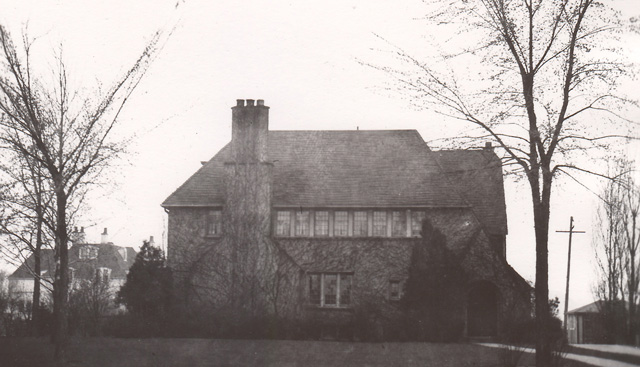
938 Balfour (1922)
938 Balfour is a 3,800 sq ft French Colonial inspired residence. Constructed of brick the exterior features a striking and distinctive decorative band of iridescent Pewabic tiles along the front and side elevations. Pewabic tiles were also used heavily throughout the interior. The property includes a 15’ x 24’ living room, 14’ x 17’ sq ft dining room, ornate fireplaces, leaded glass windows along with four bedrooms and two additional bedrooms for maids.
In 1923, the house was sold for $52,000 (around $812,000 today). It was purchased by Colonel Jesse G. Vincent, American aircraft, marine, automobile engine designer, and chief engineer for Packard Motor Car Company. 938 Balfour was then purchased by Mrs. Homer Johnson. Mrs. Johnson’s husband was the vice president, secretary, and general manager of the Penberthy Injector Company. It appears Mrs. Johnson rented out the property for several years. In 1937, she moved back into the house where she would reside until around 1962. Image below is courtesy of the National Automotive History Collection, the Detroit Public Library (1925).
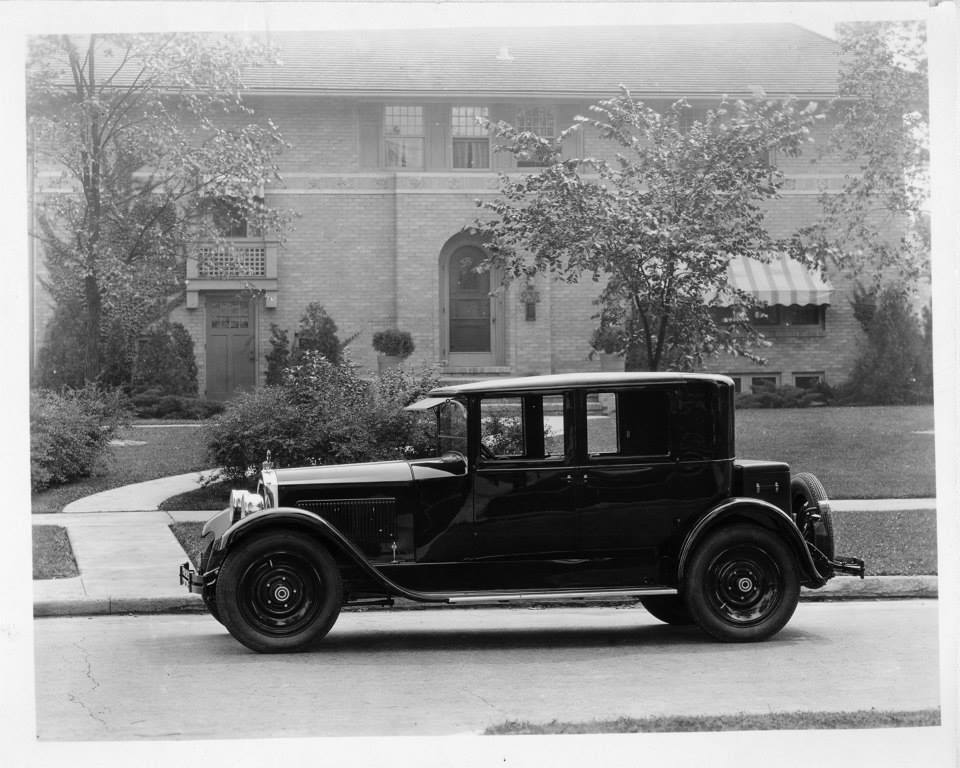

1103 Berkshire (1922) – Sold to Emil Huber of the Hudson Motor Car Company. Article image courtesy of Detroit Free Press, March 1923.
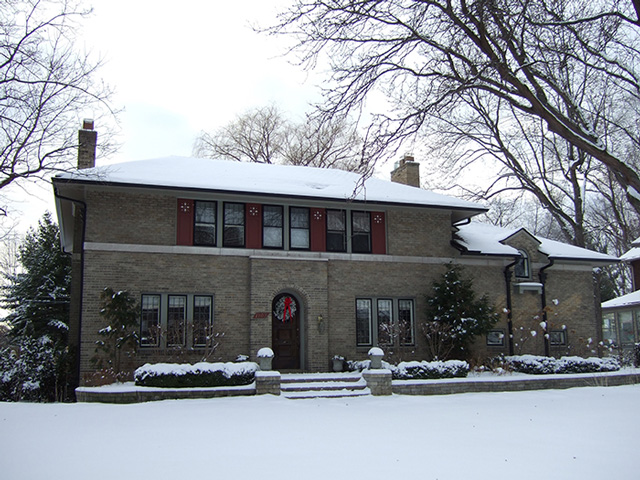
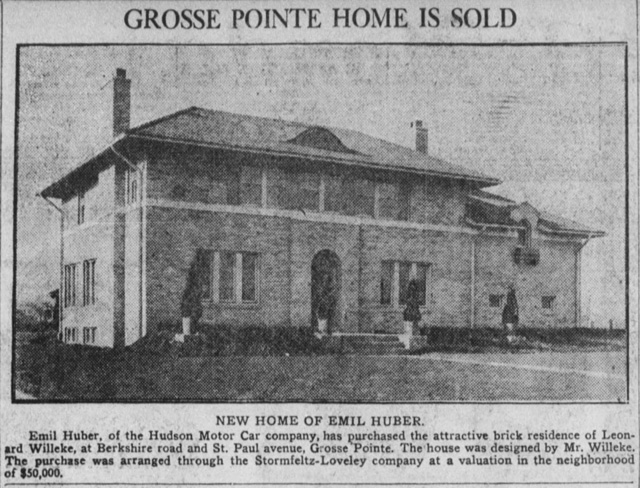
1068 Berkshire (1923) – Sold to Edward Henkel, founder of the Edward Henkel Real Estate Company. Building speculative homes was not without risk. It is reported the sale of 1068 Berkshire made Willeke only $200 – at the time, this was less than the price of an average car.
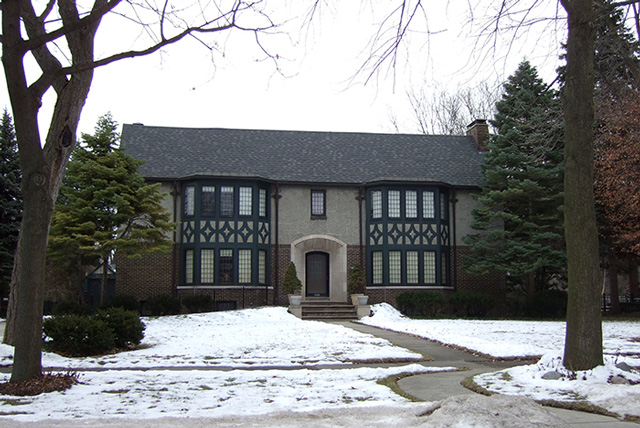
785 Balfour (1923)
The Italian Renaissance inspired home also features an abundance of Pewabic tile in the interior, along with intricate plaster detail and a barreled ceiling in the 20’ foyer. Due to the economic downturn this home remained unsold until 1925, and it is believed Willeke took two Detroit residences and a vacant Grosse Pointe Park lot in trade for the home.
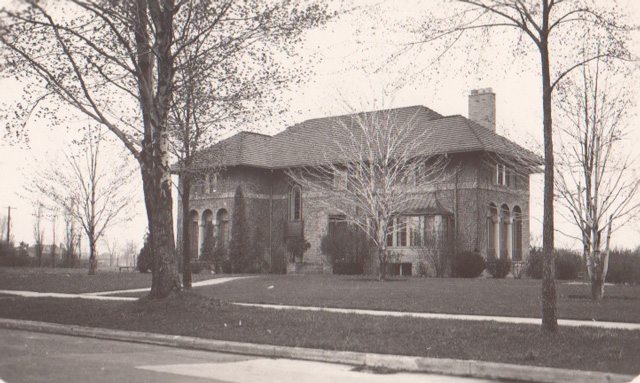
1176 Berkshire (1925) – Sold to Elmer E. Swanson
This is the original concept drawing by Willeke. He was an incredibly gifted draftsman able to render the feel of a home. Both the house and the garage are still visible from this viewpoint today. Article image courtesy of Detroit Free Press, April 1925. Drawing courtesy of Leonard B. Willeke, Excellence in Architecture and Design, by Thomas Brunk.

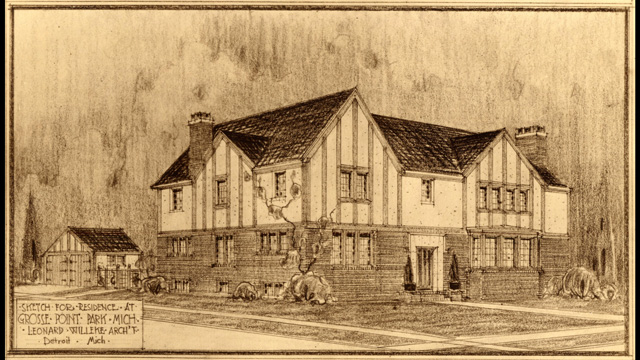
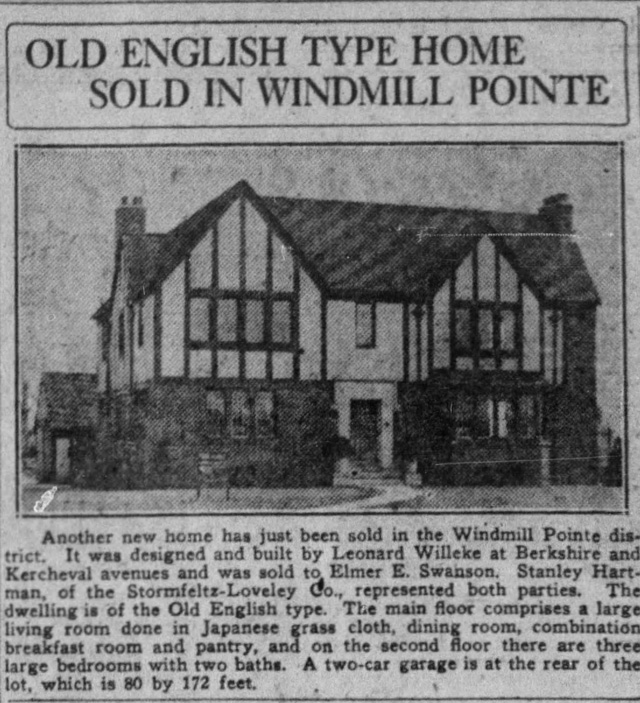
746 Balfour (1929) – Sold to Frederick T. Grennell
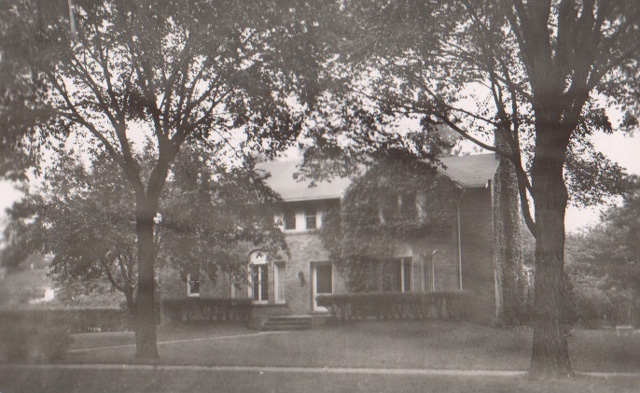
Speculative Homes in the 1930’s & 1940’s
195 McKinley (1934) – Sold to Henrietta W. Boggess. This property has since been either renumbered or razed.
563 Fisher (1936)
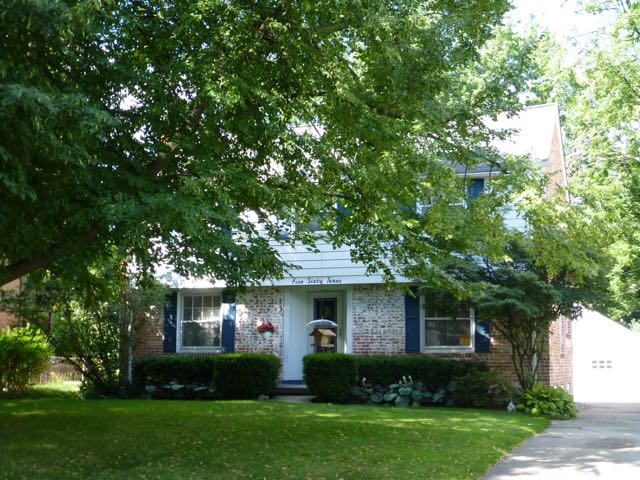
1027 Buckingham (1936) – Sold to John H. French. (razed)
Speculative residence (1940) – was to be located on the corner of Cadieux and St. Paul.
1251 Harvard (conflicting date of construction: 1935 or 1949). Sold to Henrietta W. Boggess.
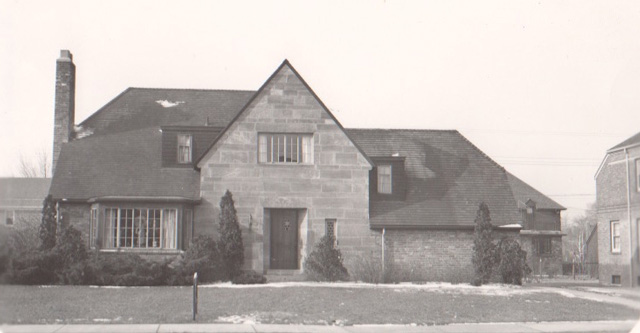
Leonard Willeke retired in 1951. Throughout his retirement Willeke continued to express the same enthusiasm for design as he had displayed during his extensive career – whether it was a grand mansion or a smaller speculative home “built for speculative purpose”. His skill, appreciation, and love of design never diminished.
*Photos courtesy of the Higbie Maxon Agney archives unless stated.
** Research, information, and data sources are deemed reliable, but accuracy cannot be fully guaranteed.
Written by Katie Doelle
Copyright © 2023 Katie Doelle

